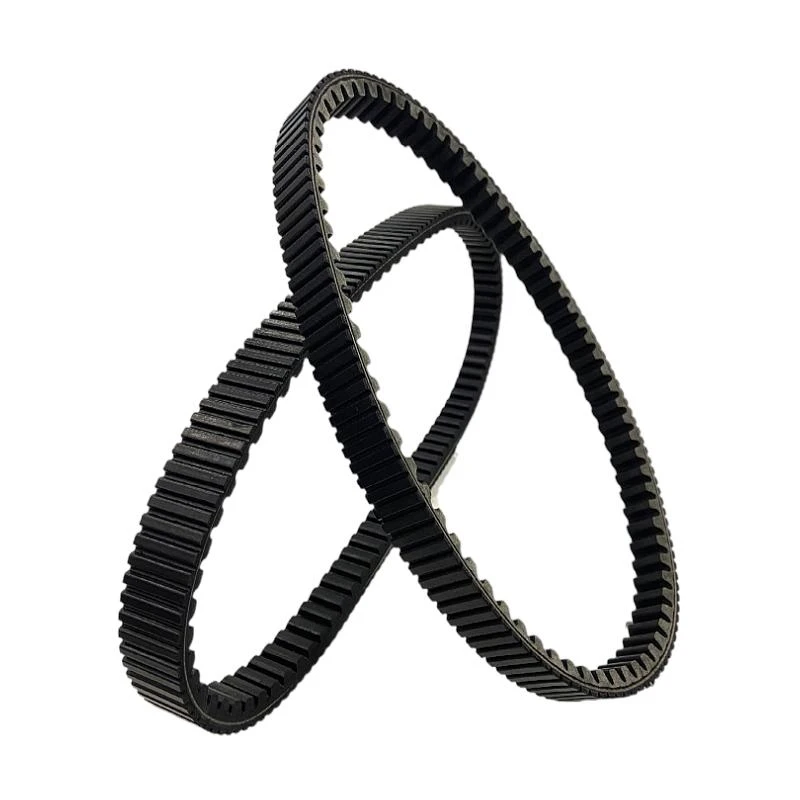- Arabic
- French
- Russian
- Spanish
- Portuguese
- Turkish
- Armenian
- English
- Albanian
- Amharic
- Azerbaijani
- Basque
- Belarusian
- Bengali
- Bosnian
- Bulgarian
- Catalan
- Cebuano
- Corsican
- Croatian
- Czech
- Danish
- Dutch
- Afrikaans
- Esperanto
- Estonian
- Finnish
- Frisian
- Galician
- Georgian
- German
- Greek
- Gujarati
- Haitian Creole
- hausa
- hawaiian
- Hebrew
- Hindi
- Miao
- Hungarian
- Icelandic
- igbo
- Indonesian
- irish
- Italian
- Japanese
- Javanese
- Kannada
- kazakh
- Khmer
- Rwandese
- Korean
- Kurdish
- Kyrgyz
- Lao
- Latin
- Latvian
- Lithuanian
- Luxembourgish
- Macedonian
- Malgashi
- Malay
- Malayalam
- Maltese
- Maori
- Marathi
- Mongolian
- Myanmar
- Nepali
- Norwegian
- Norwegian
- Occitan
- Pashto
- Persian
- Polish
- Punjabi
- Romanian
- Samoan
- Scottish Gaelic
- Serbian
- Sesotho
- Shona
- Sindhi
- Sinhala
- Slovak
- Slovenian
- Somali
- Sundanese
- Swahili
- Swedish
- Tagalog
- Tajik
- Tamil
- Tatar
- Telugu
- Thai
- Turkmen
- Ukrainian
- Urdu
- Uighur
- Uzbek
- Vietnamese
- Welsh
- Bantu
- Yiddish
- Yoruba
- Zulu
Dec . 11, 2024 11:19 Back to list
Optimal Timing Belt Solutions for Steel Applications and Industrial Efficiency Boost
Understanding Steel Timing Belts A Key Component in High-Performance Machinery
In the realm of mechanical engineering and automotive design, timing belts play a crucial role in ensuring the smooth operation of engines and machinery. Among various materials used for manufacturing timing belts, steel belts have emerged as a significant choice, especially in applications requiring high tensile strength and durability.
What Are Timing Belts?
Timing belts are looped bands that synchronize the rotation of various components in an engine or mechanical system. They connect the crankshaft to the camshaft, ensuring that they operate in harmony and that the engine valves open and close at the appropriate times relative to the position of the pistons. A well-functioning timing belt is critical for maintaining engine performance and preventing catastrophic failures.
The Advantage of Steel Timing Belts
Steel timing belts are reinforced with steel cords, providing them with superior strength and durability compared to traditional rubber belts. This reinforcement allows them to handle high torque loads and resist wear and stretching over time. Steel belts are particularly beneficial in high-performance applications, such as in race cars and industrial machinery, where precision and reliability are paramount.
1. High Load Capacity Steel timing belts can withstand significantly higher loads than their rubber counterparts. This capability makes them ideal for heavy machinery, where high horsepower and torque are common.
2. Heat Resistance Steel is less susceptible to heat degradation, which makes steel timing belts advantageous in high-temperature environments. This property is particularly important in automotive applications where engines can produce substantial heat during operation.
3. Long Lifespan The durability of steel timing belts means they generally have a longer operational lifespan. This longevity reduces the frequency of replacements, leading to lower maintenance costs and increased uptime for machinery.
4. Precision and Performance The tensile strength of steel enables these belts to maintain their shape and dimensions under stress, which is crucial for precise timing applications. Any deviation in timing can lead to severe engine performance issues, so the reliability of steel belts is invaluable.
steel timing belt

Applications of Steel Timing Belts
Steel timing belts are utilized across various industries, including automotive, aerospace, and manufacturing. In automotive applications, they ensure that the timing of internal combustion engines is accurate, which is vital for performance and efficiency. In aerospace, precision timing is necessary for various control systems, and steel belts provide the exacting standards required for these applications.
In manufacturing, steel timing belts are used in conveyor systems and robotic arms, where precise movements are essential
. Their strength and reliability make them suitable for heavy-duty applications that involve continuous operation and high speeds.Challenges and Considerations
Despite their many advantages, the use of steel timing belts does come with challenges. These belts can be more expensive than rubber alternatives, which may deter some manufacturers. Additionally, installation requires careful alignment to avoid premature wear and ensure optimal performance.
Moreover, the rigidity of steel belts can lead to issues in systems that require some flexing. Engineers must design and integrate these belts thoughtfully to prevent mechanical failures.
The Future of Steel Timing Belts
As technology advances, the materials and designs used in steel timing belts are continually evolving. New manufacturing techniques and materials are emerging, promising even greater performance and efficiency. Engineers are focused on developing belts that maintain the strength of steel while reducing weight and increasing flexibility.
In conclusion, steel timing belts represent an essential component in high-performance machinery, offering unique advantages that make them suitable for demanding applications. Their ability to withstand high loads, resist heat, and provide precise timing makes them indispensable in industries where reliability and performance are critical. As designs continue to innovate, we can expect steel timing belts to play an even more prominent role in the future of mechanical engineering.
-
Korean Auto Parts Timing Belt 24312-37500 For Hyundai/Kia
NewsMar.07,2025
-
7PK2300 90916-T2024 RIBBED BELT POLY V BELT PK BELT
NewsMar.07,2025
-
Chinese Auto Belt Factory 310-2M-22 For BMW/Mercedes-Benz
NewsMar.07,2025
-
Chinese Auto Belt Factory 310-2M-22 For BMW/Mercedes-Benz
NewsMar.07,2025
-
90916-02660 PK Belt 6PK1680 For Toyota
NewsMar.07,2025
-
drive belt serpentine belt
NewsMar.07,2025

